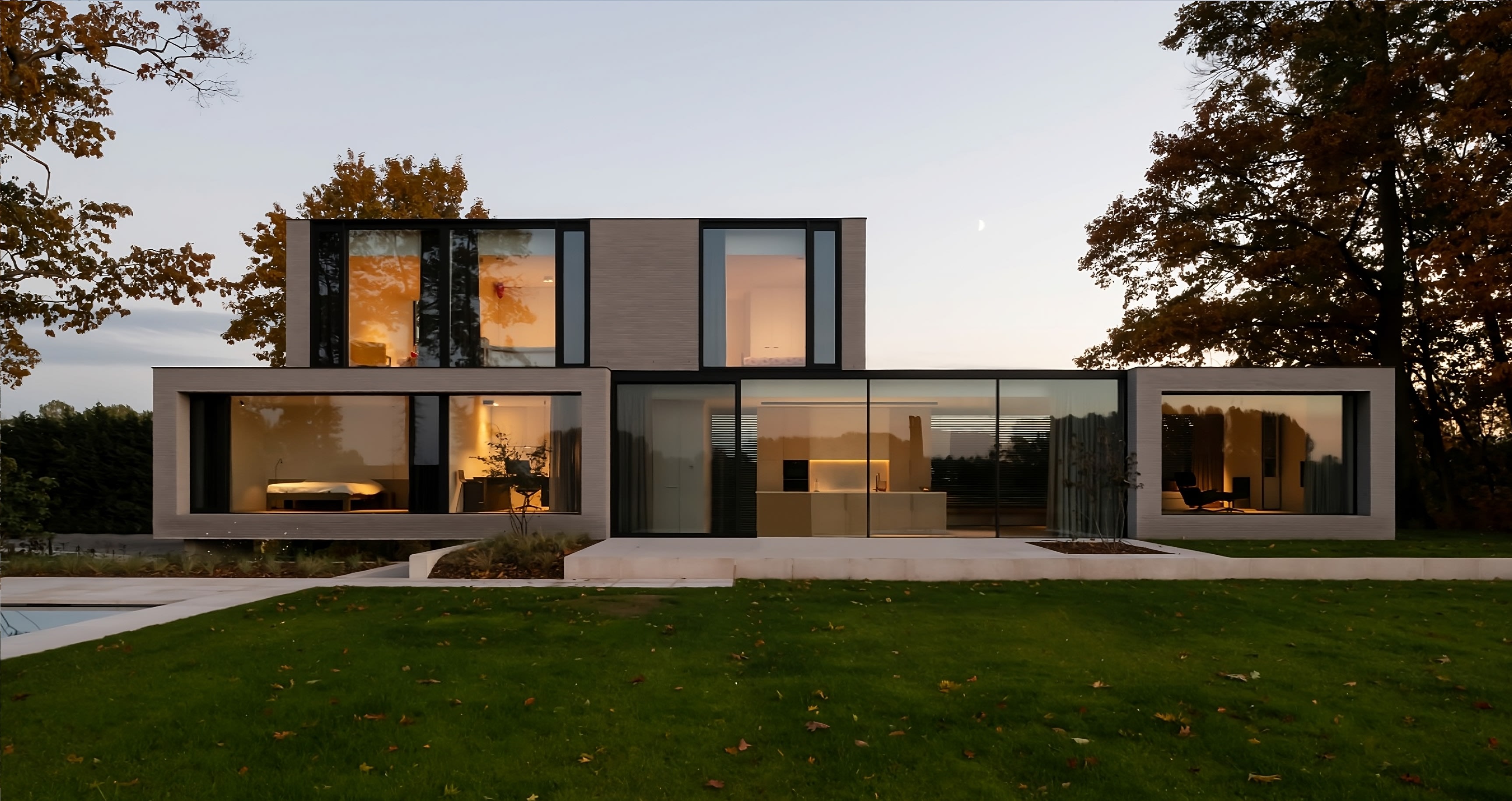How much is your Santa Monica home worth?
- Instant property valuation
- Expert advice
- Sell for more
Why Knowing The Value Of Your Home Is Important-And Why A Zillow Zestimate Is Not An Accurate Tool.
Keep update on the current state of Chicago housing market
“Where Unique is Commonplace.”
Method note: Citywide figures are MLS- and public-records–based aggregates sourced from Redfin and other public datasets; segment breakouts below use a mix of observed $/SF benchmarks and conservative sizing assumptions to produce approximate medians/means suitable for consumer communications. Always anchor pricing to a property-specific CMA before advising clients.
As of July–August 2025
Neighborhood PSF reference points (illustrative):
A. Condominiums (citywide)
Approximated using PSF benchmarks and typical sizes; see footnotes.
| Segment | Typical Size (SF) | Estimated Median Price | Estimated Average (Mean) |
|---|---|---|---|
| 1-Bedroom Condo | 750 | $240,000 | $265,000 |
| 2-Bedroom Condo | 1,200 | $384,000 | $425,000 |
| 3-Bedroom Condo | 1,600 | $512,000 | $565,000 |
B. Townhomes (citywide)
| Segment | Typical Size (SF) | Estimated Median Price | Estimated Average (Mean) |
|---|---|---|---|
| 3-Bedroom Townhome | 1,800 | $540,000 | $595,000 |
| 4-Bedroom Townhome | 2,200 | $660,000 | $725,000 |
C. Detached Single-Family (citywide)
| Segment | Typical Size (SF) | Estimated Median Price | Estimated Average (Mean) |
|---|---|---|---|
| 2000 SF Detached | 2,000 | $480,000 | $530,000 |
| 3000 SF Detached | 3,000 | $720,000 | $800,000 |
How we derived these
Top 5 Chicago Neighborhoods by YoY Median Price Change (July 2025):
Top 5 Suburbs by YoY Median Price Change (July 2025):
Note: Rankings based on current Redfin neighborhood/ZIP market pages; small-sample neighborhoods can show elevated volatility month-to-month. Always confirm with a recent 3- to 6-month rolling median before quoting.
Active/new-construction corridors
Areas showing resistance to new construction & why
Schools (CPS District)
Crime (citywide)
Transit
Because Chicago’s housing stock is hyper-local, $PSF varies more by location than by property type. Benchmarks to guide consumer conversations:
Interest rates
Our price outlook (citywide medians; base case)
Our rate outlook (30-yr FRM; base case ranges)
Data & methods
Footnotes
Enter your details to see how much your home is worth.
*Authentication failed. Please enter your details below to get your free valuation.
Schedule a free consultation with a top local agent who can help you estimate and understand your home's value.
We need more information to provide an accurate estimate for this address. Local expert will reach out shortly or you can schedule a consultation now.

A Comparative Market Analysis (CMA) is a tool used by real estate agents to value a home. It evaluates similar homes that have recently sold in the same area. Agents find comparable sales and use them to conduct a sales comparison. In most cases, an agent will find three homes that have recently sold and are as similar to and located as close to the home being valued as possible. Each one is then analyzed to pinpoint differences between it and the home being valued. Once these differences are priced out, the price of each comp is adjusted to see what it would cost if it was identical to the home being valued were it to be sold in the current market.
An appraisal is an unbiased valuation of a home based on a professional’s opinion. They are usually what mortgage companies use for home purchases and refinances. A lender usually orders a home appraisal and the cost of the appraisal, sometimes up to $500, is paid by the homeowner. An appraiser does a complete visual inspection of the interior and exterior of the home as well as taking into consideration recent sales of similar properties and market trends. The appraiser then compiles a detailed report on the home, including an exterior building sketch, a street map showing the home and any comparable sales, photos of the home and street, an explanation of how the square footage was calculated, and any other relevant information.
Lenders base the amount of their loans on the value of your property and usually allow you to borrow a maximum of 75% to 96.5% against your property. Knowing what your home is worth allows lenders to calculate your equity in the home. The more equity you have, the better terms you will receive on your refinance.
If you’re doing home improvement projects to increase the resale value, you want to make sure you’re not pricing it out of the market. If your home is already priced on the high-end for your neighborhood, making too many improvements could make it more difficult to sell. When you get a valuation, you can see how your home compares with others in the neighborhood and let this guide your home improvement decisions.
If you want to borrow cash against your home, getting a Home Equity Line of Credit (HELOC) could be a good option. To qualify, you must have a certain level of equity in your home. Most lenders require at least 20%. Getting a home valuation will help you determine if you qualify and will be used by the lender to make a decision on your loan.
Though it’s not a necessity, simply knowing the value of your home is good information to have. It will help you plan for the future and deal with unforeseen circumstances when you might be in a position that requires extra money or a quick relocation. Knowing how much equity you have in your home and how much you may be able to borrow against it or sell it for will help you respond to any financial curveballs that life throws at you.